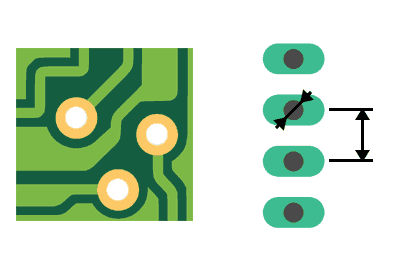We continue with the entries of the PCB design section, looking at the size of PTH components.
I’m not going to deny that it is not exactly the most fun part of PCB design, but it is necessary for you to be aware of the size of the things you are assembling.
Because nothing will be less funny than finishing a design, buying the PCBs, waiting for them to arrive, and having to throw them away when you discover that one of the components doesn’t fit because the size is incorrect.
Therefore, it is convenient for us to know by heart some of the sizes of the components that we are going to use, and the dimensions that will normally appear when designing a PCB.
So in this post we are going to see sizes and dimensions of PTH components.
Put it in inches, please
The first thing to know is that PCB design is strongly dominated by the imperial system of units.
I know, we all love the metric decimal system. But, it’s a lost battle. In PCBs many dimensions are in inches. Accept it, and don’t try to fight it.
Another measure that you will frequently use is “mil”, which means thousandths of an inch. That is, 0.0254mm. It is used when talking about track width and hole diameter, for example.
Standard size 0.1
Thus, you will frequently find 0.1 inches as a dimension. That is, 100mil or 2.54mm. It is one of the standard steps of PTH components.
When you see a breadboard or a protoboard, the spacing between holes is exactly 0.1”. It is also the spacing in Dupont terminals that we are so used to.
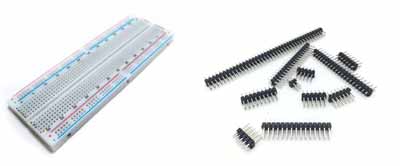
Size of PTH passive components
As for the size of axial resistors, they are usually standardized based on their power.
| Power (W) | Length (mm) | Diameter (mm) |
|---|---|---|
| 1/8 | 3.0 | 1.8 |
| 1/4 | 6.5 | 2.5 |
| 1/2 | 8.5 | 3.2 |
| 1 | 11 | 5 |
In the case of coils, some of them have the same axial format as resistors. The size is usually referenced based on the power of a resistor of the same size.
As for other formats of resistors, and capacitors, it is best to consult the vendor’s dimension information.
PTH Packages
As for integrated circuit formats, there is obviously a great variety, so we will only look at the most representative ones.
One of the best-known formats is the DIP format, with a different number of pins.
In the DIP format, the distance between pins is (oh, yes, you guessed it) 0.1”, that is, 2.54mm.
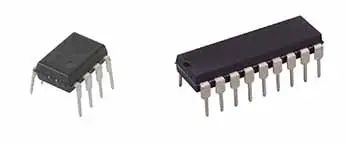
Another common format is the TO92 package, which you will find in transistors, voltage regulators. In this case, the pin spacing is 0.05” (1.27mm), although they are not too problematic, they are thin enough to bend, and adopt a 0.1” spacing.
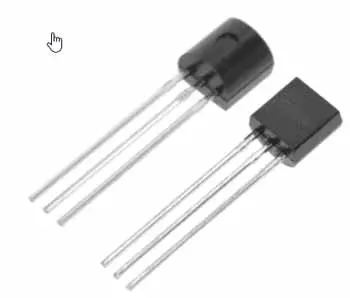
The other common format we will see is the TO220, used by a large number of components including transistors, or voltage regulators. In this case, the pin spacing is (here it comes again) 0.1”.
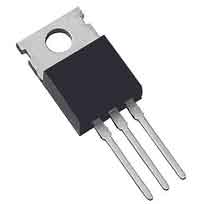
Pad size
As for the size of the pads for inserting PTH components, we must define the inner (hole) and outer (copper) size.
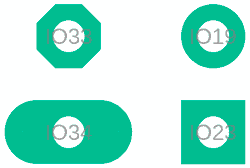
Each teacher has his own rule but, personally, I like 33.46mil (0.85mm) for the inner diameter, and 66mil (1.67mm) for the outer diameter.
With that size, the components fit snugly but not forced, while holding up quite well in place, for example when flipping to solder. And, the size of the copper is suitable for soldering, without being too large or too small.
On the other hand, it is worth mentioning that there are different types of pads, circular, rectangular, oblong (or colisos) centered or off-centered.
There is no strict rule as to when to use each of the shapes. But, for example, it is common to use a square for the first connector, to make it easy to identify the orientation of the component when placing it.
In any case, whatever criteria you adopt, what is important is that you are consistent within the same design.
